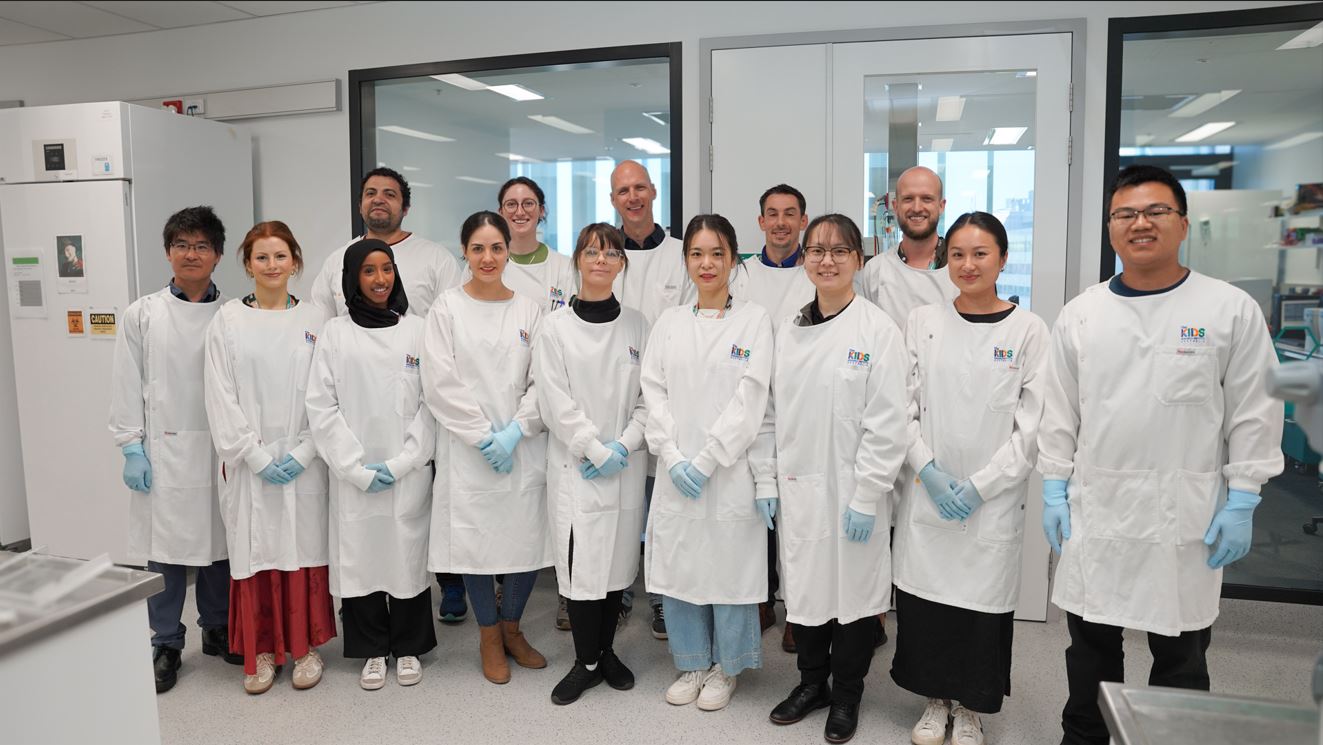Search
Research
PPARalpha and PPARgamma activation is associated with pleural mesothelioma invasion but therapeutic inhibition is ineffectiveMesothelioma is a cancer that typically originates in the pleura of the lungs. It rapidly invades the surrounding tissues, causing pain and shortness of breath. We compared cell lines injected either subcutaneously or intrapleurally and found that only the latter resulted in invasive and rapid growth.
Research
Fuzzy model for quantitative assessment of the epidemic risk of African Swine Fever within AustraliaAfrican Swine Fever (ASF) has spread rapidly across different continents since 2007 and caused huge biosecurity threats and economic losses. Establishing an effective risk assessment model is of great importance for ASF prevention, especially for those ASF-free countries such as Australia.
Research
Potassium Ion Channels in Malignant Central Nervous System CancersMalignant central nervous system (CNS) cancers are among the most difficult to treat, with low rates of survival and a high likelihood of recurrence. This is primarily due to their location within the CNS, hindering adequate drug delivery and tumour access via surgery. Furthermore, CNS cancer cells are highly plastic, an adaptive property that enables them to bypass targeted treatment strategies and develop drug resistance.
Research
Tumor Infiltrating Effector Memory Antigen-Specific CD8(+) T Cells Predict Response to Immune Checkpoint TherapyImmune checkpoint therapy (ICT) results in durable responses in individuals with some cancers, but not all patients respond to treatment. ICT improves CD8+ cytotoxic T lymphocyte (CTL) function, but changes in tumor antigen-specific CTLs post-ICT that correlate with successful responses have not been well characterized. Here, we studied murine tumor models with dichotomous responses to ICT.
Research
Tissue-resident memory T cells orchestrate tumour-immune equilibriumOur findings provide insight into the immune cell populations important for maintaining long-term tumour dormancy in peripheral tissues

We aim to discover and develop safer and more effective treatments by doing inventive and rigorous research to improve outcomes for kids with cancer.
Research
Role of COL5A1 in lung squamous cell Carcinoma: Prognostic Implications and therapeutic potentialLung squamous cell carcinoma (LUSC) is a significant health concern, characterized by a lack of specific therapies and limited treatment options for patients in advanced stages. This study aims to identify key molecules of prognostic importance in LUSC and provide an experimental foundation for their potential therapeutic applications.
Research
The Australian New Zealand Consortium in Children, Adolescents, and Young Adults Oncofertility action planInternational and national oncofertility networks, including the US-led Oncofertility Consortium, FertiProtekt, and the Danish Network, have played pivotal roles in advancing the discipline of oncofertility over the last decade. Many other countries lack a shared approach to pediatric oncofertility health service delivery.
Research
Financial toxicity of informal caregivers of colorectal cancer patients: A cross-sectional studyTo assess the level of financial toxicity of informal caregivers of colorectal cancer patients and explore the related key influencing factors.
Research
Geldanamycin treatment does not result in anti-cancer activity in a preclinical model of orthotopic mesotheliomaMesothelioma is characterised by its aggressive invasive behaviour, affecting the surrounding tissues of the pleura or peritoneum. We compared an invasive pleural model with a non-invasive subcutaneous model of mesothelioma and performed transcriptomic analyses on the tumour samples.
